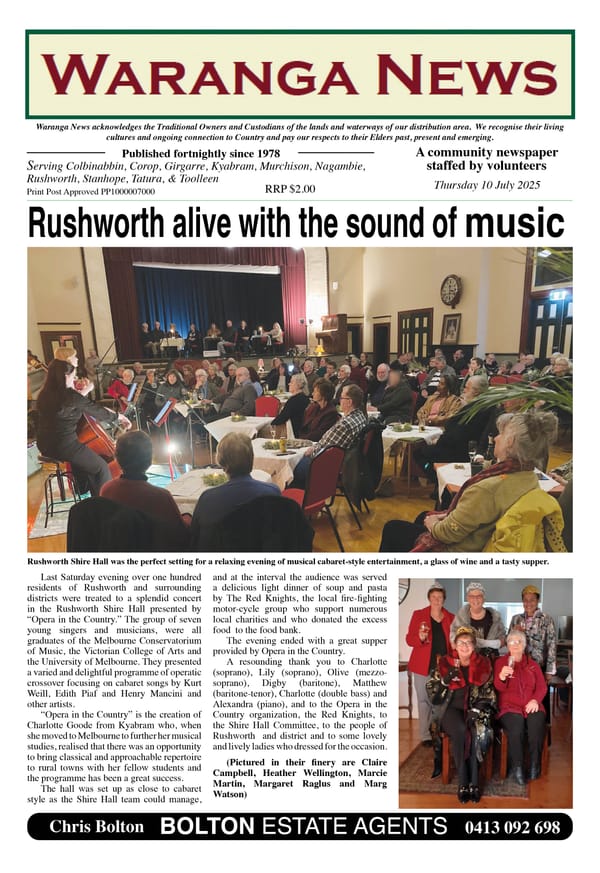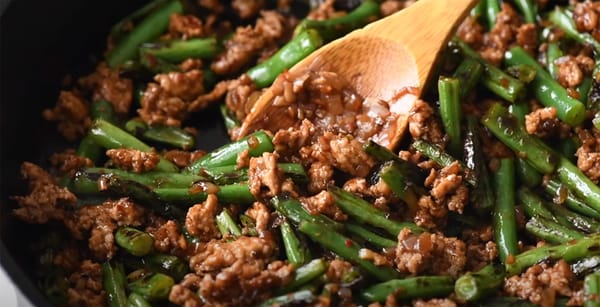36. Marriage

After a couple of stories on the deaths of Ngurai-illum Wurrung Aboriginal people in pre-colonial times, the focus in this story will be on another important life event - marriage. Earlier stories in the series have established a few basic facts e.g. a couple who married had to be from different clans, and in the case of Ngurai-illum Wurrung people, from clans of the opposite moiety i.e. Bunjil (the eagle) or Waa (the crow); the woman had to go and live with the man’s clan, although she would still have regular contact with her immediate family at clan gatherings; any children would be part of the father’s moiety and clan. Girls would only leave that clan to marry, usually in their early to mid-teens.
Marriage did not have to occur within the same language group, or related language groups such as the Taungurung or Dja Dja Wurrung. A woman may marry into a group of people who had quite a different language, which she would have to learn. She might also marry into a group with whom her clan were not necessarily on good terms e.g. the Bangerang and Yorta Yorta .
BETROTHAL AND POLYGAMY
Marriages were often between an older man and a younger woman. The squatter Edward Curr observed that the men were often 20 years older than their bride.1 In many cases, the woman had been betrothed to the man years before. And, she may not necessarily be the first wife. It was common for older Aboriginal men to have more than one wife at the same time.
Curr recounted a story about a marriage that took place in the early 1840s. The Ngurai-illum Wurrung people (represented by at least two of their clans) went onto Bangerang country on the lower Goulburn River, preceded by their emissary, an old man. He arrived the day before. When the rest of his people arrived, there was a corroboree in the evening.
LIGHT ON CEREMONY
After the corroboree, it was time for the several betrothed young women to go the camps of their prospective husbands. There was little or no ceremony as such. Each young woman was simply expected to take her few possessions and go. If she showed reluctance, she could be encouraged, then cajoled, threatened and possibly even physically assaulted by her father until she complied.
It is easy to understand why she might be reluctant. She may already have been attracted to someone of her own age within her own people, having grown up with them. But here she was, going to live with a much older man she barely knew, and whose language she probably had little opportunity to practice. She could also potentially incur the wrath of any other wife or wives that the man might already have.
One of the young Bangerang women, who was betrothed to Wawgroot, a Ngurai-illum Wurrung man, apparently went through exactly these experiences. When he saw the family two years later, Curr noticed that the girl’s “sulkiness had been replaced by her constitutional good humour…she had on quite a showy opossum-rug, elaborately scored with approved aboriginal designs, enveloped in which, peeping over her shoulder, was a little black thing, which seemed the delight of its mother. Even Mrs Wawgroot No 1 appeared to have got reconciled to her presence, and to be fond of the baby.”2
BACHELOR CAMP
With most of the young women being married off to older men, there was inevitably a group of young bachelors in each clan’s camp. Curr reckoned that very few men under 30-35 would have a wife, something confirmed by other observers. When a clan was in camp, they usually camped in small family groups – husband, wife or wives and their children. The bachelors camped separately as a group. It is not difficult to imagine that in these circumstances, there could be some prevailing jealousy and frustration.
With European colonisation of the Waranga area, the colonists were predominantly men. They were often attracted to Aboriginal women, creating another possible flashpoint between them and both single and married Aboriginal men.
References: 1 Curr, Edward M, Recollections of Squatting in Victoria, 2nd Edition, p 139; 2 ibid p 145




